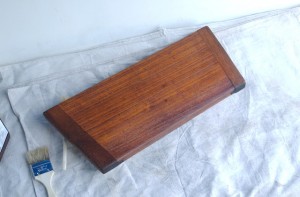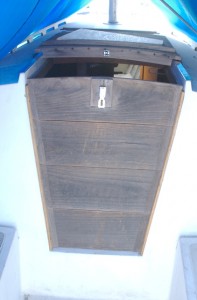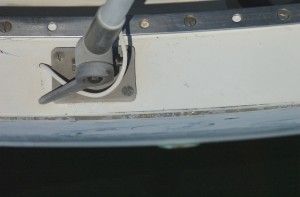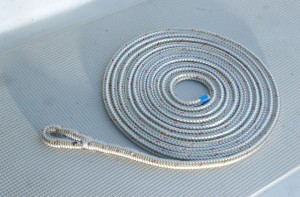Aug 22 2008
Stove Repair: Homestrand Model 206 Alcohol 2-Burner Stove
One of the items on the long list of todos is to repair the Homestrand Model 206 Alcohol 2-burner stove on the Ericson 29.
After a little productive searching on the Internet, I found a nice company in Brewerton, NY that sells original repair kits. So, I called them and ordered one–or, two rather (one for each burner). They arrived today, in perfect condition with a hand-written note, printed instructions, and a postcard of their boat yard. So cool!
If you need Homestrand Model 206 (or 209 or other) Alcohol Stove parts, they have them:
ESS-Kay Yards (on the Erie Canal)
Brewerton, NY
By Phone: 315-676-2711
On the Internet: www.ess-kayyards.com
Note: You can order things online–they have a shopping cart and payment processing, but at the time of this writing, it does not use SSL technology–so, your credit card and info goes all over the Internet unencrypted. They said they are working on it.
I’ll post a tutorial when I am finished rebuilding the stove.





